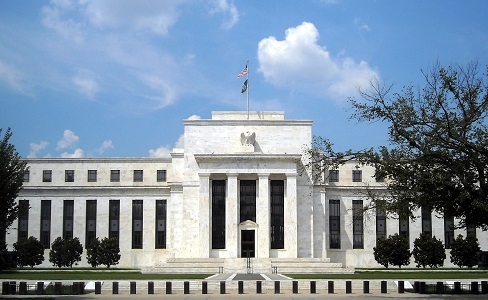Indemnification issue drives change

Agent lenders could limit the impact of new capital and exposure rules on their indemnification offerings by transferring the liability to a smaller lender through ‘partnership’ structures.
eSecLending is considering setting up such a structure with large agent lenders.
The firm’s chief risk officer Peter Economou said: “We would act as a sub-lender where a large agent lender could keep its client and create trade structures that go against our indemnification. We would get a portion of the return.”
eSecLending will not be subject to the strict counterparty exposure rule under Dodd-Frank section 165(e) that poses the greatest threat to many large agent lenders’ ability to indemnify their clients against loss of assets following counterparty default.
“Discussions with agent lenders on this topic are becoming more detailed especially with reporting rules commencing in 2015. We are in conversation with a financial institution with whom we expect to form a kind of partnership structure.”
eSecLending is different to other agent lenders in that it uses an insurance policy to provide indemnification. The majority of agent lenders have historically used regulator-approved VaR internal models which has enabled them to set aside low amounts of capital against exposures.
“We have significant room to expand our indemnification capacity as we’re only currently filling about a third, but usage depends on the type of trade (security, collateral and margin). As we continue to grow, our insurance providers are willing to support an expansion of our capacity, as it would mean higher returns for them.”
However it is uncertain what attitude regulators would have on partnerships.
“I think this is what the regulators want. The regulators set Dodd-Frank 165 (e) because they want to diversify transactions among a broader set of market participants to limit the domino effect of another Lehman default.”
Greg Lyons, partner at Debevoise & Plimpton, said the structure would need to be constructed in a way that would prove to regulators that the large agent lender had truly transferred the exposure risk of indemnification to the smaller agent bank.
Found this useful?
Take a complimentary trial of the FOW Marketing Intelligence Platform – the comprehensive source of news and analysis across the buy- and sell- side.
Gain access to:
- A single source of in-depth news, insight and analysis across Asset Management, Securities Finance, Custody, Fund Services and Derivatives
- Our interactive database, optimized to enable you to summarise data and build graphs outlining market activity
- Exclusive whitepapers, supplements and industry analysis curated and published by Futures & Options World
- Breaking news, daily and weekly alerts on the markets most relevant to you




